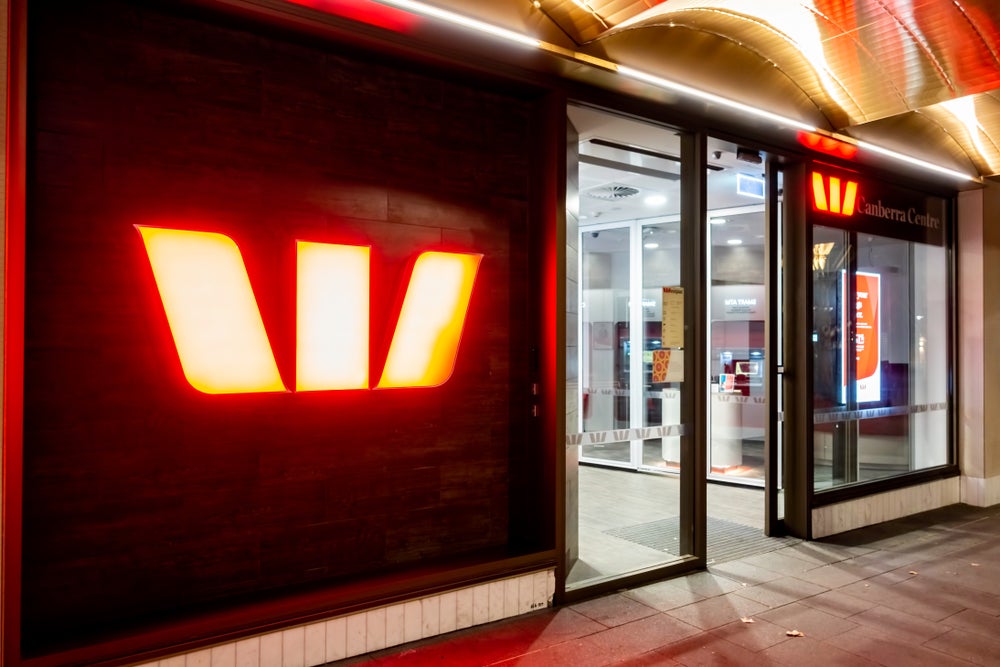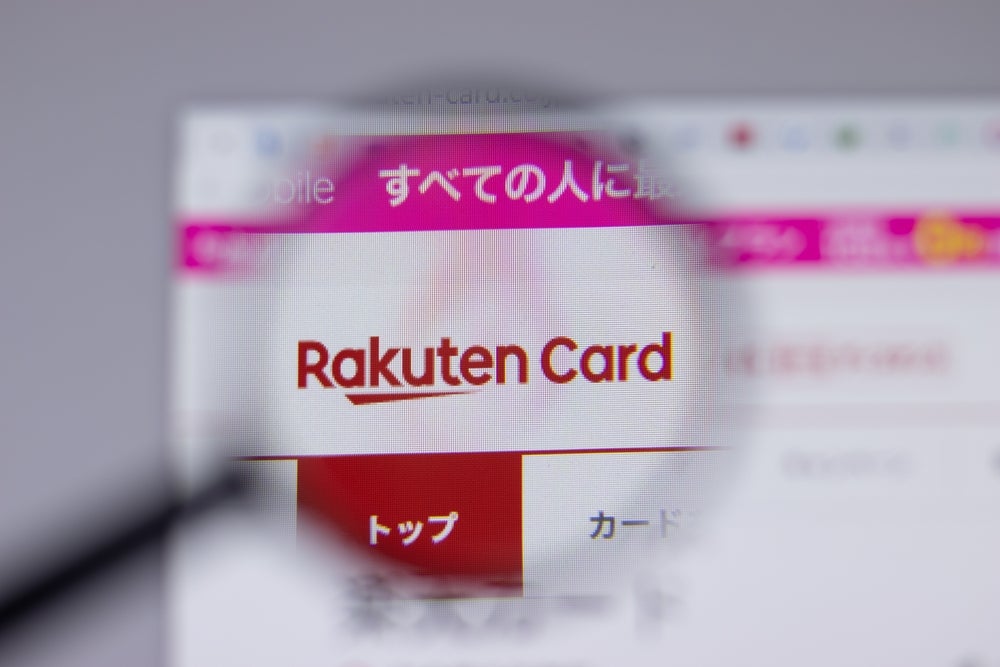in technology have bolstered the development and uptake of new
payment card products, such as contactless, biometric and mobile
phone payment services. Victoria Conroy
reports.
Payment card technology is evolving at a relentless pace, which is
helping card issuers and manufacturers to launch ever more
innovative products and services for an increasingly
technology-aware population, helping to fuel the uptake of cards
and reaching out to different consumer segments. Also, technology
is helping in the fight against fraud, as advances such as
biometric payment are helping to minimise the risk of fraud and are
reassuring consumers about the safety of their cards and financial
information.
Contactless payment
It is contactless payment that has received the most industry
attention over recent months, as more issuers roll out contactless
card programmes – not only in the prime markets of the US and
Asia-Pacific, but in Europe, where several large-scale pilot
schemes are under way in countries such as the UK, the Netherlands
and France. Increasingly, consumers are warming to the benefits of
faster transaction times and greater convenience afforded by
contactless payments, despite initial hesitancy over this new
technology.
Of all card technology innovations, the rate of deployment of
contactless infrastructure is the highest ever observed for
emerging payments products and technology in recent memory,
according to global smart card industry body the Smart Card
Alliance. Since 2005, more than 17 million contactless cards have
been issued in the US alone and more than 35,000 merchant POS
locations have been enabled to accept contactless payment
devices.
US issuer JPMorgan Chase, which in 2005 launched its own
contactless card programme called blink, has reported that time at
the POS is reduced by 30 percent to 40 percent, and an American
Express study found contactless transactions to be 63 percent
faster than cash and 53 percent faster than those using a
traditional credit card. Research also shows that consumers
generally spend more per transaction when they don’t use cash:
Chase reports a 20 percent to 30 percent increase over cash
purchases.
How well do you really know your competitors?
Access the most comprehensive Company Profiles on the market, powered by GlobalData. Save hours of research. Gain competitive edge.

Thank you!
Your download email will arrive shortly
Not ready to buy yet? Download a free sample
We are confident about the unique quality of our Company Profiles. However, we want you to make the most beneficial decision for your business, so we offer a free sample that you can download by submitting the below form
By GlobalDataAccording to the Smart Card Alliance, contactless cards and other
form factors such as key fobs enable merchants and issuers to
collaborate on lifestyle products that blend the features,
packaging and delivery of payment products into a variety of
product types targeting different cardholder segments that have
specific desires for their shopping -experience.
An independent survey of US consumer attitudes toward contactless
payment devices, commissioned by the Smart Card Alliance and
conducted by US research consultancy Javelin in August 2006,
concluded that there is a large, untapped market for the use of
these devices. Of the consumers surveyed, 13 percent have already
used contactless payment, and 95 percent of that group said it was
both easy and fast. Those consumers who have tried it were
confident in the new payment technology as well – 84 percent said
it was as safe or safer than credit cards, and that they would use
it for large purchases too.
Current users and potential adopters were asked about the smallest
and largest transaction amounts for which they would be willing to
use contactless payments. Eighty-five percent indicated that they
would use contactless payments for purchases of $50 or more. Only 5
percent would restrict their use to transactions valued at $10 or
less.
The research also showed that contactless payment is an easy sell,
once the information reaches the consumer. Of consumers who have
yet to try contactless, 75 percent are somewhat likely or very
likely to adopt it. Yet 62 percent of all respondents rated
themselves as not familiar with the technology, demonstrating that
the industry has a big marketing opportunity in front of it. When
consumers who said that they were unlikely to use contactless
payments were asked what would hold them back, 61 percent of that
group said security would be their biggest concern.
Current users and potential adopters were asked how safe they would
feel if they were to make a purchase with a contactless payment
device as compared with a regular debit or credit card. Only 36
percent of the respondents who had never tried contactless payments
indicated that they would feel safe doing so, in contrast to 60
percent of the respondents who had already tried contactless
payments. The population segments most in need of education and
experience appear to be older consumers and those at the lower end
of the income ranges surveyed. Respondents over 55 were the most
unfamiliar with contactless payment options, as were respondents
with an annual income of less than $25,000.
Payment devices
Consumers appear to be quite open-minded about what they carry to
make contactless payments. Current users and future adopters showed
no clear preference for any particular form factor. New payment
device types such as mini cards or key fobs were approximately
equal in preference with the traditional card form factor (48
percent versus 46 percent of respondents). Such flexibility on the
part of the consumer represents an excellent opportunity for
financial institutions to differentiate their product offerings by
offering new forms of contactless payment devices, according to the
Smart Card Alliance.
It seems that the key to encouraging greater consumer and merchant
adoption of contactless payment is by increasing cardholder
education, as the technology itself is extremely secure. Aside from
the multiple layers of security already in place in traditional
credit and debit payment systems, added security technology is
embedded on the contactless device as well as in the processing
network and system to prevent fraud.
Examples of security measures include contactless cards having
built-in secret keys which use standard 128-bit encryption
technology to generate a unique card verification value or a
cryptogram that exclusively identifies each transaction. No two
cards share the same key and the key is never transmitted. At the
system level, payment networks have the ability to automatically
detect and reject any attempt to use the same transaction
information more than once.
Also, the processing of contactless payments does not require the
cardholder name to be exchanged between card and terminal. In
addition, cardholders control both the transaction and the card
throughout the transaction. Cardholders do not have to surrender
either a card or their account information to a third party during
a contactless transaction. Contactless payment devices are designed
to operate at very short ranges – between 2in and 4in – so that the
consumer needs to make a deliberate effort to initiate the payment
transaction.
Guido Mangiagalli, head of new channels at Visa Europe, told CI
that the risk of fraud in contactless transactions is minimal.
“Contactless card terminals will automatically reject transactions
that are above the preset transaction amount – if you have a £10
transaction limit on your contactless card, you cannot make a
transaction for anything over that amount. Also, the contactless
card remains in the hands of the cardholder at all times, so there
is no danger of unauthorised transactions being made with that
card.”
Biometric payment
One of the most recent advances in card technology has been the
incorporation of biometric payment, which uses fingerprint and iris
recognition technology to authenticate account holders. The most
recent example of this came in November 2006, when Citibank in
Singapore introduced a new cardless biometric payment service
designed to give cardholders enhanced security on their credit card
transactions. Offered in partnership with US biometric service
specialist Pay By Touch, the new service, provided under the new
Citibank Clear platinum card, enables cardholders to pay for goods
and services with the touch of a finger.
The service removes the need for cardholders to present their
credit card when paying for purchases. Instead, cardholders press
their finger to a biometric scanner located at participating
merchant outlets. Pay By Touch has been active in its home market
of the US and already has agreements with several large-scale US
retailers that have begun deploying the technology.
According to the International Biometric Group (IBG), a global
research company, biometrics is set to take off over the next few
years as more governments and financial institutions take advantage
of the technology to streamline a range of processes and
transactions. IBG’s Biometrics Market and Industry Report
2007-2012, which details biometrics market opportunities, trends
and growth drivers, says that global biometric revenues are
projected to grow from $3.1 billion in 2007 to $7.4 billion in
2012, led by large-scale government programmes and dynamic private
sector initiatives.
The IBG forecasts that the AFIS/Live Scan technology will take the
biggest market share at 33.6 percent in 2007. Fingerprint
technology is expected to gain 25.3 percent of the biometrics
market in 2006, followed by face recognition at 12.9 percent, iris
recognition at 5.1 percent and hand geometry at 4.7 -percent.
The US and Asia-Pacific regions are expected to be the largest
global markets for biometric products and services. The report
indicates that multiple biometric systems will emerge to comprise
roughly 5 percent of the total market for biometrics.
The major obstacle to greater adoption of biometric payment could
be the costs involved in upgrading or replacing existing payment
infrastructures at the POS in order to utilise the technology. It
remains to be seen whether biometric payment will enjoy mainstream
adoption within the financial services sector.
There is no question that these new technologies offer significant
growth potential for issuers and payment networks, and the ease
with which these technologies can be combined could also
significantly alter the payment landscape, according to US
technology research consultancy Pelorus Group. According to
Pelorus, contactless credit and debit card payments, mobile
payments and biometrically authenticated payments will each make
its unique impact over the next five years. Together, they could
collect over $400 billion in revenue by 2011.
Pelorus says that several drivers are converging to increase the
demand for new payment alternatives. These include consumers’ needs
for speed and convenience, their desire for alternative payment
form factors and merchants’ needs to retain customer loyalty.
Moreover, the continuing need for security when making payments is
driving both technical and payments innovation, as is the need by a
large segment of the population for more real-time information on
balances. Payments other than by cash are being made across
increasingly diverse applications, such as for parking, vending,
mass transit and other micropayments.
Finally, the large number of unbanked and underbanked consumers in
the US and worldwide have payment needs not being fully met by
traditional card-based payment systems.
According to Vance Hodnett, vice-president of financial services
with Pelorus: “In the nascent melding between traditional payment
systems offered by financial institutions and payment systems
offered by others, such as telecom carriers and independent service
providers, financial institutions will have both an opportunity and
a threat when it comes to offering consumers functional and
suitably responsive payment systems.
“In the long run, financial institutions will find it in their
interest to offer their customers more flexible and convenient
payment methods.”
Don’t underestimate the potential
Pelorus estimates that aggregate revenue from contactless, mobile
payments and biometric payments at US merchants will grow more than
15-fold by 2011 from a 2006 level of $27 billion. Contactless
payments will grow most strongly, but the potential for the other
payments in the run-up to 2011 and the opportunities developing for
payments innovators as a result of that growth should not be
underestimated, says the group.
All in all, it appears that payment technology is on the cusp of
making more giant strides.







